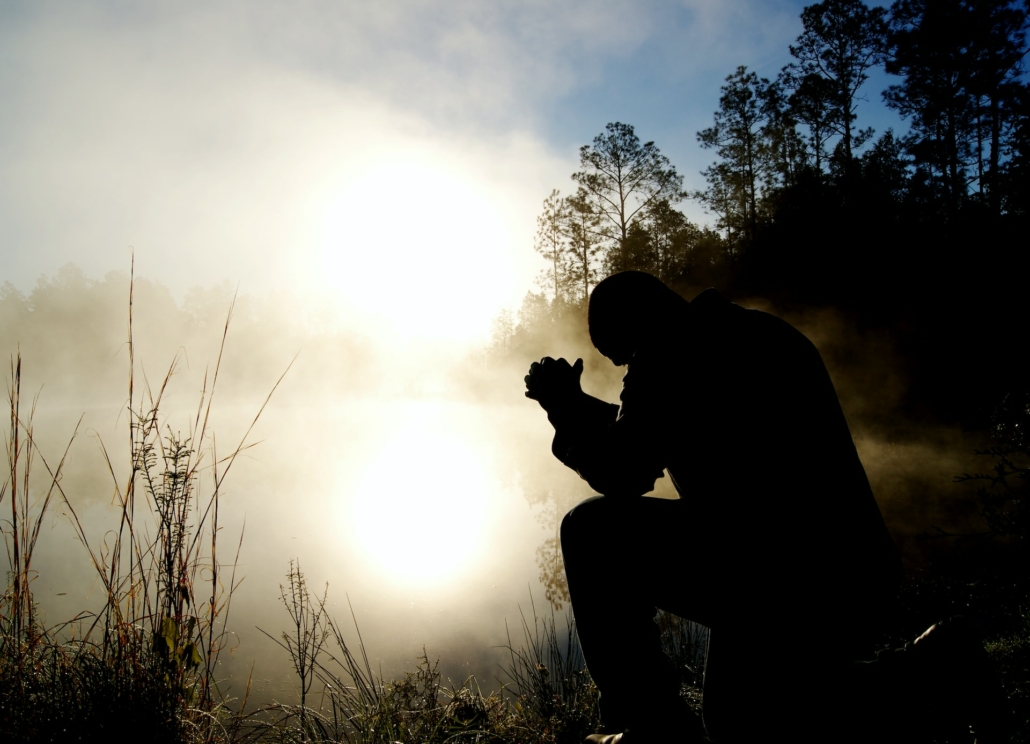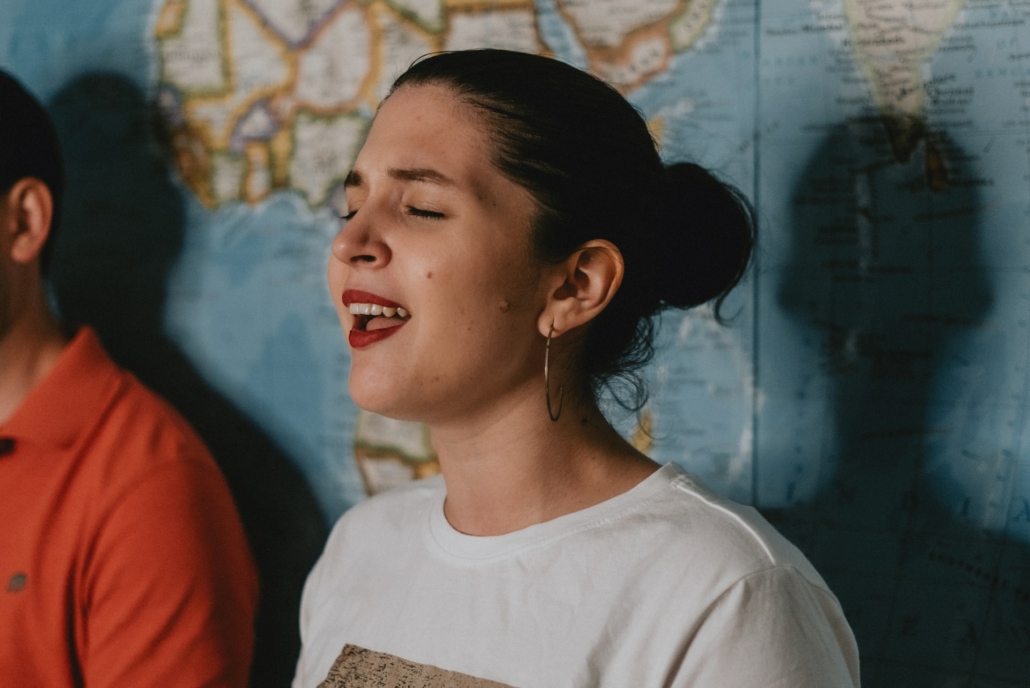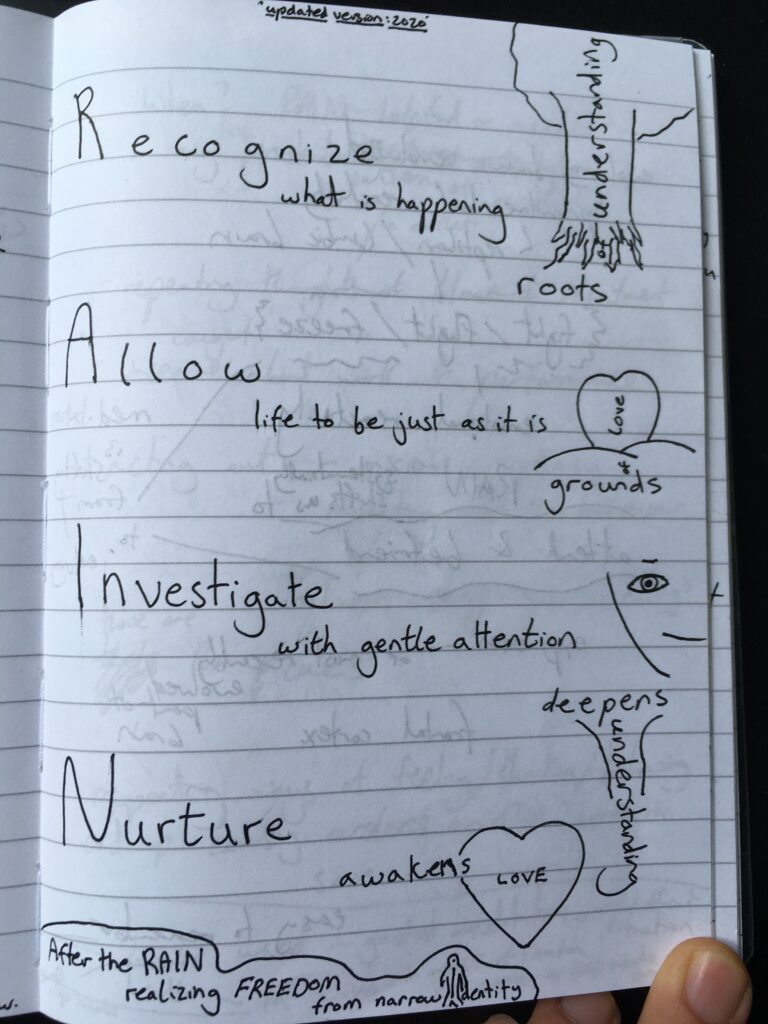How to handle anxiety during a psychedelic experience?
AKA how do I stop a bad trip?
This question comes up again and again, so I thought I’d pool together some techniques for you curious seekers.
It can vary for different people, but here are a few methods, many of which can be combined:
You’re Human
I think the first thing to say before getting into specific techniques is that the feeling of anxiety can happen to any of us.
If you feel anxiety during your trip, it doesn’t mean that something is wrong with you or your experience. It’s actually pretty common.
It’s not every day that your whole world is dissolving around you and you feel like you’re dying. A bit of anxiety can be expected. It doesn’t mean you will remain anxious or fearful, or that the experience won’t morph into something else. Psychedelic experiences can be very dynamic and your experience can entirely change in a matter of seconds.
Remember, like all feelings, anxiety can and will pass...
Remember It Will End
Both the feeling of anxiety and the trip itself are temporary.
Just remembering that can be very reassuring and help take the heat out of the most acute anxiety.
Say ‘Bring It On!’
Anxiety is a high-arousal state. Before trying to calm yourself down to a low arousal state, it can be easier to initially shift sideways to another high arousal state: excitement. Rather than nervously thinking ‘oh shit, what’s going to happen?’, try instead to come at it with a sense of wonder and excitement, and think ‘oh baby, what’s going to happen? Bring it on!’.
Relish the adventure you’re on. Don’t resist it, embrace it.
You can practice this outside of your journeys. Every time you feel some nervousness about leaning into an edge, train yourself to smile and say ‘bring it on!’. This cultivates the bold explorer’s mindset. It’s also pretty fun.
Once you’ve remembered you’re on an adventure, that you signed up for a non-ordinary experience and now you’re having it and going to embrace it, it might actually serve you to center and calm down a little.
Breathe
Take long, slow, deep breaths.
This has a physiological response that calms the nervous system down.
Breathe in deep, down into your belly. Use diaphragmatic breathing, filling your belly before your chest. If you’re lying down, your stomach should rise.
As you breathe, you can rest your attention on your breath. Aware when you breath in, aware when you breathe out.
Breathwork
Some people like specific types of breathwork. This can mean breathing in a specific rhythm.
For example:
- 4-4-6-2
Breathe in for a count of 4, hold for 4, exhale 6, hold for 2. - 5-2-7
Breathing in 5, hold 2, breathe out 7.
Breathwork is a whole other beast and can also be used to intensify experiences, but I’ll leave that for another day. Basically, try and find something which works for you.
Try a simple 30-second one from Calm here.
One thing to bear in mind when doing controlled breathing is that you want to avoid building any tension that may come about from controlling with your breath. This will be counterproductive. If it is difficult to do your chosen pattern of breath, I’d recommend just trying to slow your breath down generally, rather than strictly following any type of pattern.
Relax Your Body
It can also help to systematically relax all the muscles in your body. Relax the muscles in your face, then your neck, then your shoulders, and so on. I find it helpful to relax one body part per cycle of in-and-out breath.
- Breathing in – relaxing the muscles in my face
- Breathing out – relaxing the muscles in my face
- Breathing in – relaxing my shoulders, allowing them to sink down
- Breathing out – relaxing my shoulders
and so on.
Change Your Posture
Some people find specific postures to be helpful. These can help connect to a place of safety, strength or power.
For example:
- A ‘bring it on’ open posture, such as lying down, legs open, and hands behind the head
- One hand over the heart (can be combined with mentally connecting to one’s heart centre)
- Prayer hands infront of the chest, or forehead
Pray
You can also actually pray, or just ask for help from whatever you pray to.
“The function of prayer is not to influence God, but rather to change the nature of the one who prays.”
– Soren Kierkegaard
Hum, Make Sound, Sing, Use Your Voice
This is one that was brought up by one of the members on the last round of The Conscious Psychedelic Explorer course. Whilst experiencing some uncomfortable feelings on a group retreat on an experience with psilocybin mushrooms, they were taken to a private space where they felt less inhibited to make noise and tried humming. “The difference was night and day”.
This creates vibrations that stimulate the vagus nerve and signifies safety to the nervous system. This triggers a state of well-being and relaxation.
This can also be combined with long breaths. One I’ve used to soothe myself during the jitters of an MDMA come up is to take a nice deep breath in through the nose, and then a long slow mouth-closed exhale combined with a low hum. I can feel the vibration inside, which is somehow comforting and warming. I’ve found this to work very quickly.
Take a few seconds and try it for yourself now and see what you experience. You might just equip yourself with a new tool to take on your next journey.
Recite a Mantra
Some people also find it helpful to recite a mantra.
For example:
- “I am loved, I am safe”
- “I am not my fears, I am not my thoughts”
Choose one that feels right to you.
Final Thoughts
Anxiety is typically at the core of a ‘bad trip’. It can be tied in with our resistance – the big no-no of navigation.
Besides the oft-quoted but very true and pith instruction of ‘surrender’, these are some practical techniques you can use. You can combine them, and try them for different types of sensations (i.e. come-up anxiety, trip peak anxiety, dreaded realization anxiety AKA uncomfortable truth, and yes day-to-day anxiety).
Long term I always come back to recommending developing some type of meditation and mindfulness practice. It will help you to notice anxiety and employ these techniques more quickly and effectively.
Best of luck out there.







